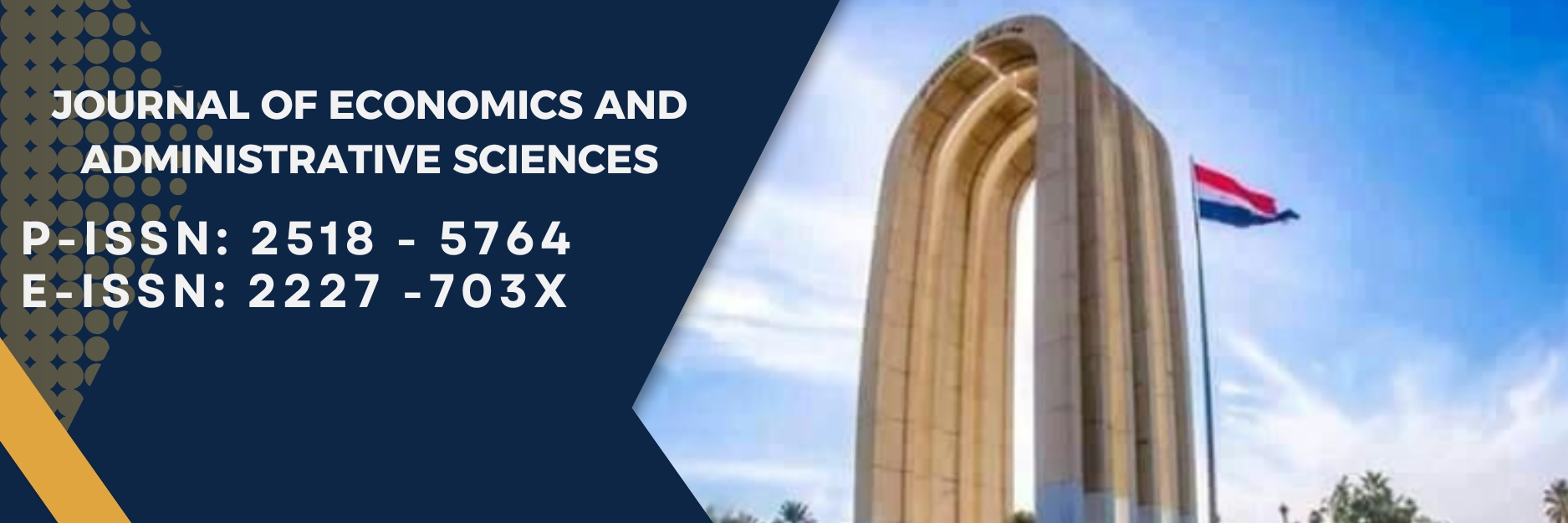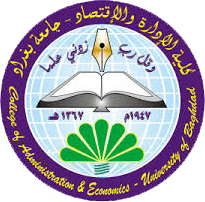Study and Diagnosis of the Poverty Phenomenon in Rural Areas of Iraq Using the Traditional Method (Crisp)
DOI:
https://doi.org/10.33095/jeas.v24i103.126Keywords:
/ poverty- poverty line- Headcount index- poverty Gap- the poverty Severity .Abstract
Poverty is defined as a low standard of living in the sense that a poor person can not afford a minimum standard of living. The phenomenon of poverty is one of the most serious problems that must be dealt with seriously. This phenomenon has persisted in Iraq for decades because of the harsh economic conditions and unstable security conditions due to the crises it has faced since 2013. This study requires much study and analysis. And rural areas as a special case. In this study, the researcher examined the poverty line as a criterion in estimating the poverty indicators, which include (poverty percentage H, poverty gap PG, poverty intensity PS), based on the continuous social and economic survey data for households in 2014. The main findings of the study were that 30% of the total population of rural areas (942, 964, 9) was poverty in 2014. Based on average consumption per capita, the individual is poor if his average consumption is less than (122) thousand Iraqi Dinar per capita per month. The objective of this study is to diagnose the phenomenon of poverty. It was found that the percentage of poverty concentrated in the southern governorates compared with the rest of the governorates where Al- Muthanna governorate leads the Iraqi governorates in the percentage of poverty (62%). Within the governorate of Muthanna, where the highest poverty gap (17%) and for the thousand (6%) in Al- Muthanna Governorate. This indicates a difference in the standard of living of individuals.
Downloads
Published
Issue
Section
License

This work is licensed under a Creative Commons Attribution-NonCommercial-NoDerivatives 4.0 International License.
Articles submitted to the journal should not have been published before in their current or substantially similar form or be under consideration for publication with another journal. Please see JEAS originality guidelines for details. Use this in conjunction with the points below about references, before submission i.e. always attribute clearly using either indented text or quote marks as well as making use of the preferred Harvard style of formatting. Authors submitting articles for publication warrant that the work is not an infringement of any existing copyright and will indemnify the publisher against any breach of such warranty. For ease of dissemination and to ensure proper policing of use, papers and contributions become the legal copyright of the publisher unless otherwise agreed.
The editor may make use of Turtitin software for checking the originality of submissions received.


























